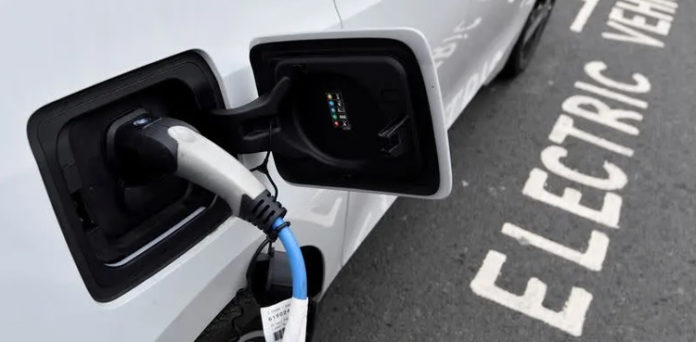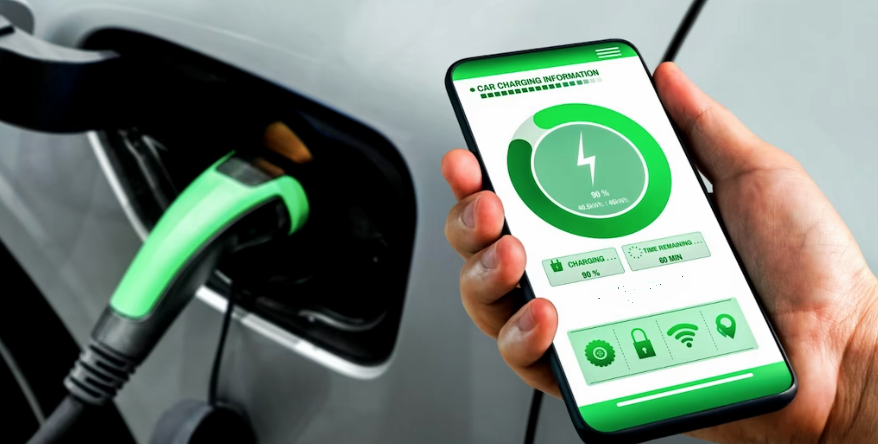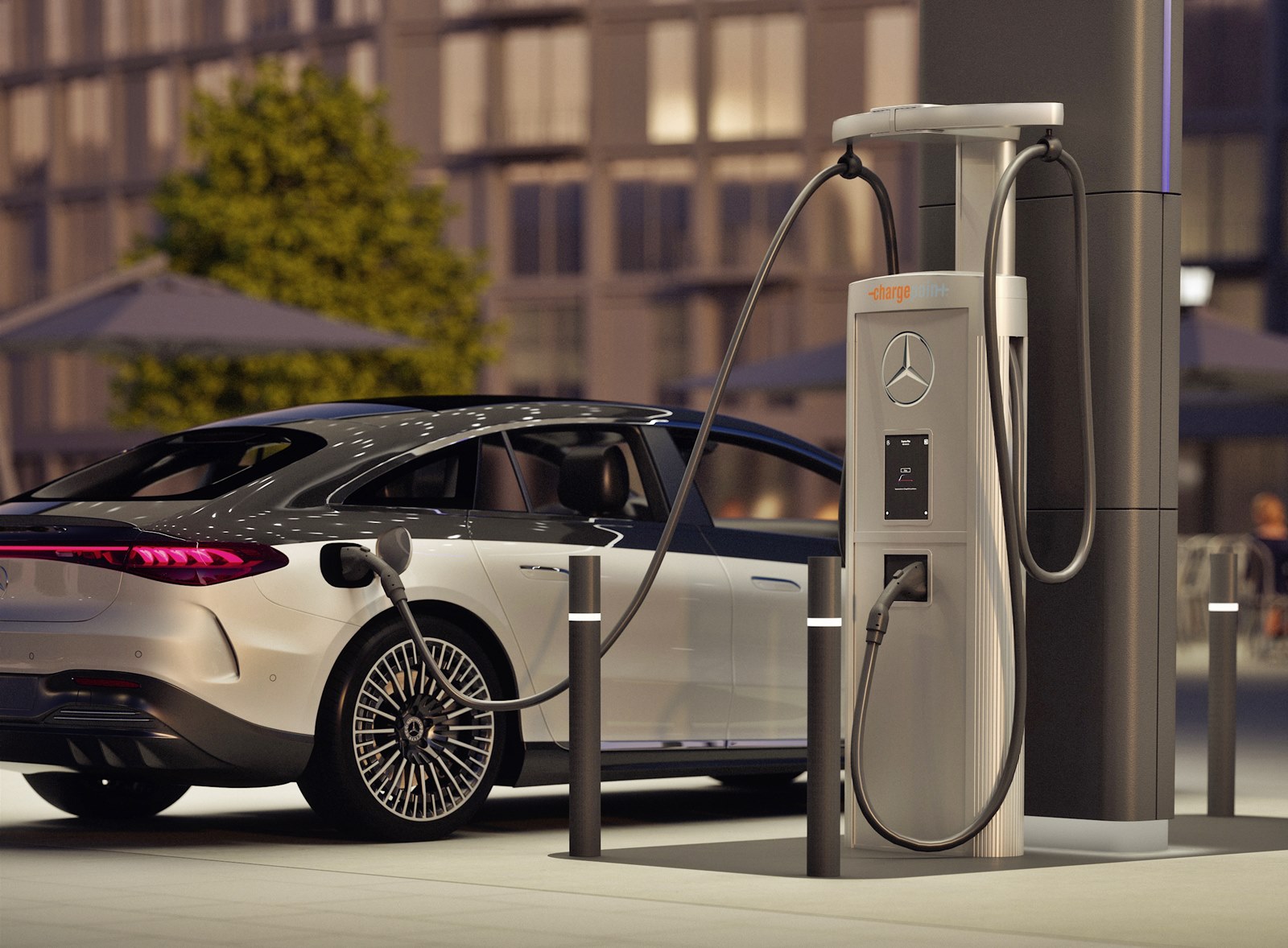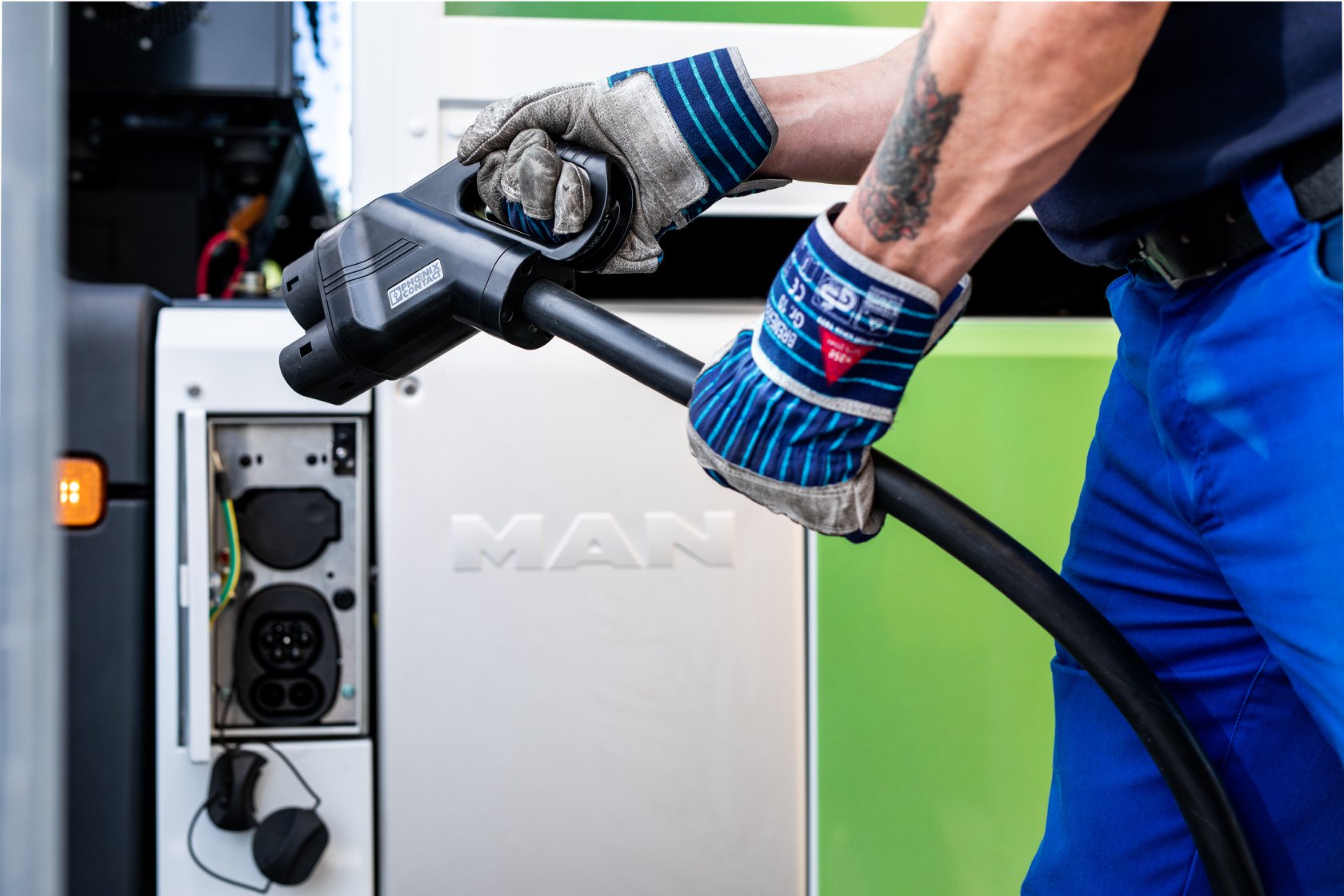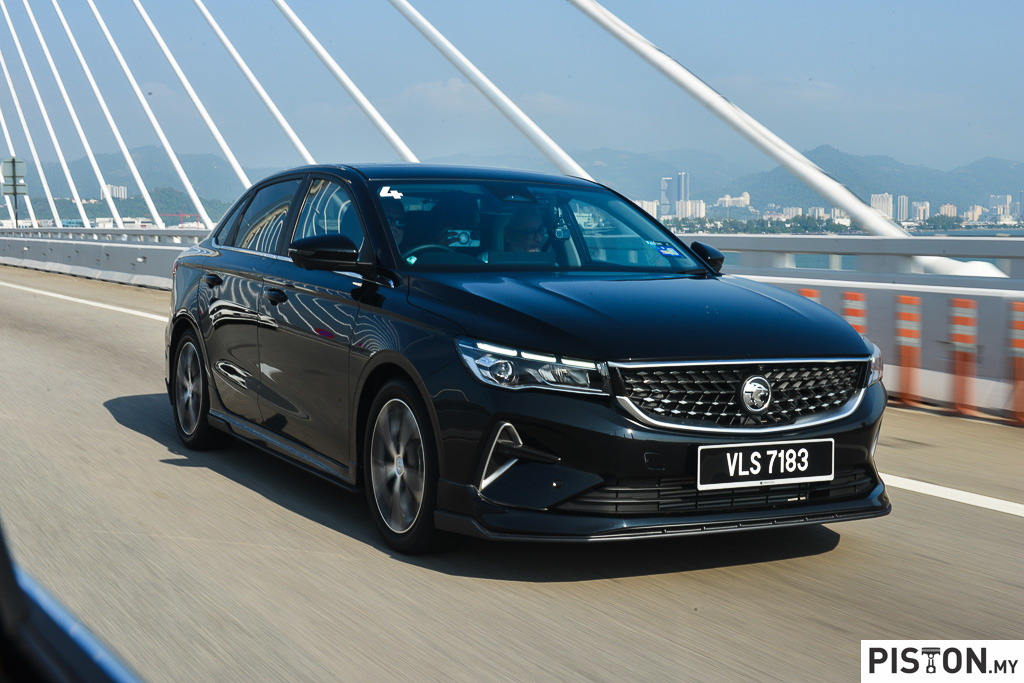In the era of electric vehicles (EVs), the act of charging them may seem as routine as charging our mobile phones. However, recent concerns raised by experts highlight the potential dangers associated with generic or faulty parts used in EV charging stations, drawing parallels with the risks we’ve seen in the mobile phone industry.
In a report written in The Star by Ragananthini Vethasalam, Malaysian Institute of Road Safety Research chairman Wong Shaw Voon has emphasised the need for caution, pointing out that while phone explosions have led to fatalities, the stakes are higher with EVs due to the larger amounts of energy they transfer and store.
The comparison serves as a stark reminder that as EV adoption grows, the responsibility to ensure the safety of charging facilities lies not only with manufacturers but also with EV owners and charging station operators.
Wong warns against the use of generic and cheaper parts, echoing concerns that as EVs become more prevalent, there may be a surge in the use of substandard components in charging infrastructure.
It is crucial for stakeholders in the EV ecosystem to prioritise quality over cost, as the potential risks associated with compromised charging stations could escalate with the increasing popularity of EVs.
The recent incident in Johor Bahru, where an electric Mercedes-Benz caught fire while charging at a showroom, adds urgency to the need for vigilance. The aftermath of the incident reveals significant damage not only to the vehicle but also to the charging bay and the showroom structure.
The article by Ragananthini says that one fire engine, two rapid intervention motorcycles and 10 firemen were deployed. And that the fire destroyed 90% of the car, 20% of the charging bay and 5% of the showroom’s building structure.
While such incidents are currently rare, the emphasis should be on proactive measures to mitigate risks, especially as EVs become more mainstream. The incident in Johor Bahru should serve as a catalyst for a thorough review of safety protocols and standards in EV charging infrastructure.
Wong also notes that the risk is relatively low at present, but he raises a valid concern about the potential increase in risks as more people adopt EVs and replace charging components at home or in public parking bays.
As EV ownership becomes more widespread, it is imperative that educational initiatives and stringent regulations are in place to ensure that EV owners and charging station operators are well-informed and adhere to safety standards.
In conclusion, while the benefits of transitioning to electric vehicles are evident, it is paramount that safety remains at the forefront of this transformative journey. As we witness the evolution of our transportation landscape, let it be a collective responsibility to embrace the future with prudence and a commitment to safeguarding lives and property.


